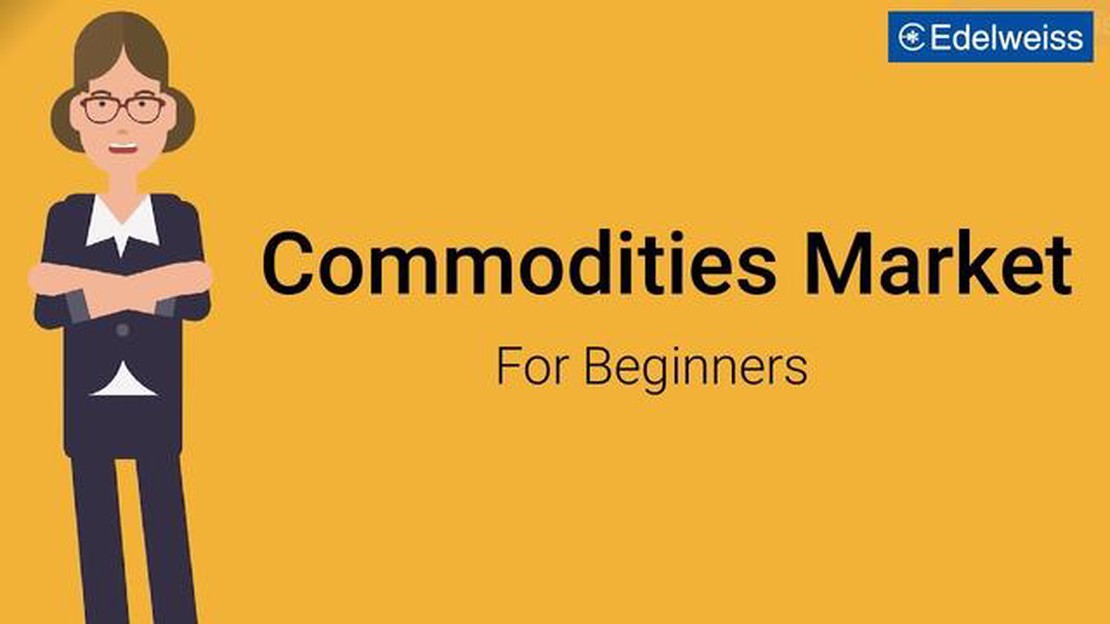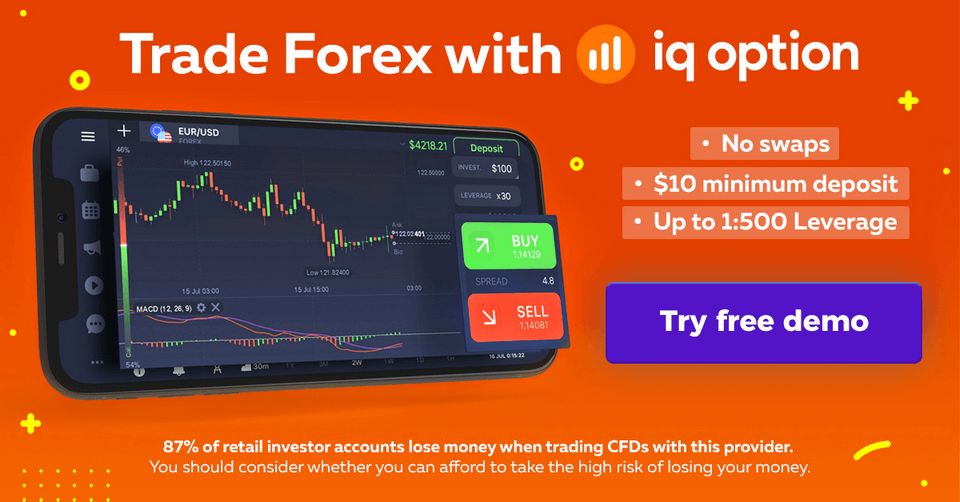Currency Derivatives Trading in India: Comprehensive Guide
Where to Trade Currency Derivatives in India? Welcome to our comprehensive guide on currency derivatives trading in India. Currency derivatives refer …
Read Article
Silver is one of the most sought-after commodities in the market, with its value fluctuating constantly. Traders and investors have been drawn to silver for centuries due to its rarity and versatility. In the commodity market, silver is traded just like any other commodity, such as gold or oil.
There are several ways in which silver is traded. One of the most common methods is through futures contracts, where traders agree to buy or sell a certain amount of silver at a set price and date in the future. These contracts are traded on regulated exchanges, such as the Chicago Mercantile Exchange (CME).
Another way to trade silver is through options contracts, which give traders the right, but not the obligation, to buy or sell silver at a specified price within a certain time period. Options provide traders with more flexibility and lower capital requirements compared to futures contracts.
Traders also have the option to trade silver directly in the spot market, where silver is bought and sold for immediate delivery. This is known as physical trading and involves the transfer of actual silver from one party to another. Physical trading is often preferred by investors who want to take possession of the silver.
When it comes to silver trading strategies, there are various approaches that traders can take. Some traders rely on technical analysis, using chart patterns and indicators to predict future price movements. Others focus on fundamental analysis, considering factors such as supply and demand, economic data, and geopolitical events that can affect the price of silver.
Regardless of the trading strategy, it’s important for traders to stay informed about the silver market and to manage their risk effectively. Silver trading can be volatile, and traders should be prepared for price fluctuations. By staying informed and using sound trading strategies, traders can increase their chances of success in the silver market.
When it comes to trading silver in the commodity market, there are a few key things you need to know in order to be successful. Silver is a precious metal that is traded in various forms such as bars, coins, and futures contracts. Here is a comprehensive guide on how to trade silver in the commodity market:
 8. Silver Trading Strategies:
9. Before entering any trade, develop a trading strategy based on your risk tolerance and investment goals.
10. Technical analysis tools such as charts, indicators, and patterns can be used to identify potential buying or selling opportunities.
11. Consider using stop-loss orders to limit potential losses.
8. Silver Trading Strategies:
9. Before entering any trade, develop a trading strategy based on your risk tolerance and investment goals.
10. Technical analysis tools such as charts, indicators, and patterns can be used to identify potential buying or selling opportunities.
11. Consider using stop-loss orders to limit potential losses.
Read Also: Is it permissible to use leverage in Islam?12. Trading Silver Futures: 13. Silver futures contracts allow you to trade silver without owning the physical metal. 14. Understand the specifications of the futures contract, including the contract size, expiration date, and margin requirements. 15. Monitor the futures market closely and be aware of factors that can affect silver futures prices. 16. Diversification and Risk Management:
17. It is important to diversify your portfolio by including other assets along with silver. 18. Set a realistic risk-reward ratio and avoid risking more than you can afford to lose. 19. Regularly review and adjust your trading strategy based on market conditions. 20. Education and Practice: 21. Continue educating yourself about the commodity market and silver trading strategies.
Read Also: What is 1 lot in MT4? Explained in Simple Terms22. Practice trading with virtual or demo accounts before risking real money. 23. Take advantage of educational resources and seminars offered by trading platforms and brokers.
By understanding the basics, choosing a reliable platform, implementing effective trading strategies, managing risks, and continually learning and practicing, you can increase your chances of success when trading silver in the commodity market.
Silver trading in the commodity market involves the buying and selling of silver as a raw material or investment. This precious metal is highly valued for its industrial uses, as well as its role as a safe haven asset and store of value.
To understand how silver is traded in the commodity market, it is important to know the key players and factors that influence its price. The primary participants in silver trading include producers, consumers, investors, and speculators.
Producers of silver, such as mining companies, play a crucial role in the market by extracting the metal from mines and selling it to consumers or investors. These producers can be influenced by factors such as production costs, mining regulations, and global supply and demand dynamics.
Consumers of silver include industries such as electronics, jewelry, and solar panels, which have a constant demand for the metal. The price of silver can be affected by changes in the demand from these industries, as well as technological advancements and consumer preferences.
Investors play a significant role in silver trading as they buy and sell silver as an investment asset. They can acquire silver through various means, such as physically owning silver bars or coins, or investing in silver exchange-traded funds (ETFs) or silver futures contracts.
Speculators, on the other hand, are traders who aim to profit from short-term price movements in the silver market. They buy or sell silver contracts with the hope of making a profit based on their predictions of future price changes. Speculators can contribute to market volatility and liquidity.
The price of silver in the commodity market is influenced by various factors, including economic indicators, geopolitical events, and market sentiment. Factors such as inflation, interest rates, and currency fluctuations can all impact the demand and price of silver.
Traders and investors use various strategies to trade silver in the commodity market. Some common strategies include trend following, range trading, and day trading. These strategies involve analyzing price charts, using technical indicators, and implementing risk management techniques.
Overall, understanding silver trading in the commodity market requires knowledge of the key participants, factors affecting the price, and different trading strategies. By staying informed and adapting to market conditions, traders and investors can make informed decisions and potentially profit from the fluctuations in silver prices.
The commodity market is a physical or virtual marketplace where various raw or primary products are traded. It provides a platform for buyers and sellers to engage in the exchange of commodities such as metals, energy resources, agricultural products, and more.
Silver is traded in the commodity market through futures contracts and options. Futures contracts allow traders to buy or sell silver at a predetermined price on a future date. Options give traders the right to buy or sell silver at a specified price within a certain time frame. These trading instruments enable investors to speculate on the price movement of silver without physically owning the metal.
Some popular silver trading strategies include trend following, mean reversion, breakout trading, and range trading. Trend following strategies involve buying or selling silver based on the direction of the prevailing trend. Mean reversion strategies aim to profit from price reversals in silver. Breakout trading strategies involve entering trades when the price breaks above or below a predefined level of support or resistance. Range trading strategies involve buying silver near support levels and selling near resistance levels.
Yes, silver trading is considered risky like any other form of investment. The price of silver can be volatile and influenced by various factors such as economic data, geopolitical events, and market sentiment. Traders should carefully analyze market conditions, manage their risk through proper position sizing and risk management techniques, and stay updated with relevant news and analysis to make informed trading decisions.
Yes, there are several advantages to trading silver in the commodity market. Firstly, the commodity market provides liquidity, allowing traders to easily buy or sell silver positions. Secondly, silver trading offers potential for profits through price speculation. Additionally, the commodity market provides transparency, as prices and trading information are publicly available. Lastly, silver trading provides diversification opportunities for investors looking to allocate their portfolio across different asset classes.
Where to Trade Currency Derivatives in India? Welcome to our comprehensive guide on currency derivatives trading in India. Currency derivatives refer …
Read ArticleIs Weighted Moving Average a Time Series Model? A weighted moving average is a commonly used technique in time series analysis to smooth out random …
Read ArticleDiscover How to Obtain Free Forex Trading Opportunities Forex trading has become increasingly popular in recent years, with more and more people …
Read ArticleIs fair market value the same as present value? When it comes to assessing the worth of an asset or investment, terms like “fair market value” and …
Read ArticleUnderstanding Employee Stock Options Employee stock options can be a valuable asset for employees and a powerful tool for companies to attract and …
Read ArticleMastering Supply and Demand: Key Strategies for Success Managing supply and demand is crucial for any business to succeed in today’s competitive …
Read Article